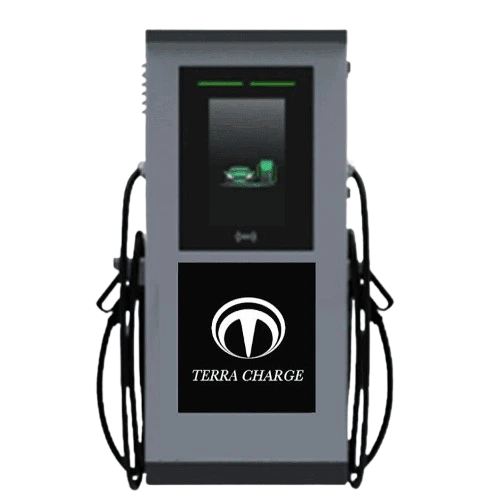India is at a crossroads. The automotive sector is a significant contributor to the country’s economic well-being, so a shift towards electric vehicles (EVs) is inevitable and essential. This transition, however, hinges on a crucial factor: charging infrastructure.
India’s EV Aspirations: A Vision for a Sustainable Future
Amitabh Kant, a prominent figure in India’s policymaking circles, has made a bold statement – complete electrification of two-wheeler and three-wheeler segments by 2030. This ambitious goal aligns with India’s vision of becoming a global leader in EV manufacturing.
The driving force behind this push is multifaceted. Fossil fuel dependence presents environmental and economic challenges. Embracing EVs offers a cleaner alternative, reducing emissions and aligning with India’s climate change commitments. Furthermore, considering the auto industry’s significant contribution to the GDP and exports, transitioning to EVs presents an opportunity to retain and expand market share in the face of a global shift towards electric mobility.
EV Growth and the Charging Infrastructure Gap
Data from the Vahan portal reflects a positive trend in EV registrations, mainly for two-wheelers. This growth, however, is contingent on a robust charging infrastructure. While Kant proposes a target of one million fast chargers by 2030, the current reality paints a different picture. India currently has a significant gap between the number of EVs and available charging stations.
Bridging the Gap: Strategies for a Smooth Transition
Building a robust charging network requires a multi-pronged approach:
- Focus on Domestic Manufacturing: Relying solely on imports for charging units can hinder progress. Encouraging domestic manufacturing will create jobs and ensure faster deployment and cost-effectiveness.
- Fast-Charging Infrastructure: Kant emphasizes the need for a million fast chargers. These high-powered stations significantly reduce charging times, addressing a primary concern for potential EV buyers – range anxiety.
- Megawatt-Hour Charging for Heavy Vehicles: While fast chargers cater to two-wheelers and smaller vehicles, larger commercial vehicles require even faster charging solutions. Investing in megawatt-hour charging infrastructure specifically designed for buses and trucks is crucial.
- Standardization and Interoperability: A diverse landscape of charging stations with different protocols can create confusion and inconvenience for EV owners. Standardization of charging ports and protocols ensures seamless usability across different networks.
- Collaboration is Key: This ambitious target requires collaboration between government agencies, established industry players, and innovative startups. Sharing resources and expertise can create a cohesive and efficient charging network.
Beyond Infrastructure: Addressing User Concerns

While building charging infrastructure is a priority, addressing user concerns is equally important. Efforts are needed to:
- Raise Awareness: Educating the public about the benefits and functionalities of EVs can dispel myths and encourage adoption.
- Battery Technology Advancement: Battery range remains a concern. Investing in research and development of next-generation batteries with increased capacity and faster charging times will significantly improve the EV experience.
- Financial Incentives: Government subsidies and tax breaks can make EVs more affordable, enticing a more comprehensive range of consumers.
Conclusion:
The road to complete EV penetration in India is paved with challenges. However, the potential benefits – environmental, economic, and industrial – are significant. By building a robust charging infrastructure, fostering innovation, and addressing user concerns, India can usher in a new era of sustainable mobility, solidifying its position as a global leader in EV technology and manufacturing. The ambitious target of one million fast chargers by 2030 is a starting point, and with a concerted effort from all stakeholders, India can ensure a smooth transition to an electric future.












